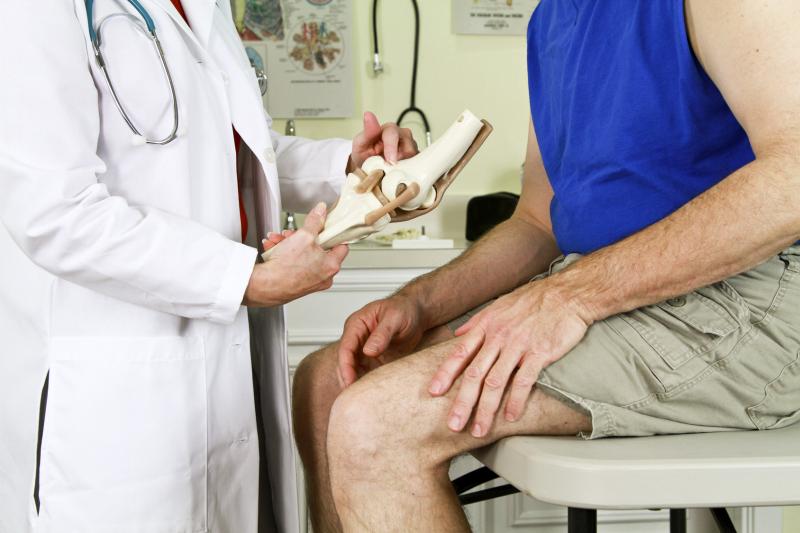
Low skeletal muscle and high fat compositions are independently associated with discharge to a facility following radical cystectomy of nonmetastatic muscle invasive bladder cancer, a study has found.
In total, 136 patients were included in the analysis, with a median skeletal muscle index of 36.4 and 47.6 cm2/m2 among women and men, respectively.
Multivariable logistic regression analysis revealed with independent associations of a decreased skeletal muscle index (odds ratio [OR], 0.94, 95 percent confidence interval [CI], 0.90–0.98) and an increased fat mass index (OR, 1.24, 95 percent CI, 1.04–1.48) with higher likelihood of discharge to a facility.
Higher skeletal muscle to fat mass index ratios were also predictive of discharge to a facility (OR, 1.69, 95 percent CI, 1.22–2.44).
In this study, patients who underwent radical cystectomy with pelvic lymphadenectomy of primary, nonmetastatic muscle invasive bladder cancer were examined between 2009 and 2015. Participants had undergone adequate axial computerized tomography at the L3 level within 90 days before surgery.
The investigators measured skeletal muscle and fat mass indexes on preoperative computerized tomography and analysed associations with the outcomes of interest. They performed multivariable logistic regression analysis to examine the effect of skeletal muscle and fat mass indexes on the discharge disposition while controlling for age, comorbidities, complications and previous neoadjuvant chemotherapy.
The study was limited by its retrospective design and unknown confounders.
“Skeletal muscle and fat mass indexes have emerged as easily obtained, objective and useful tools to assess susceptibility to unfavourable postoperative outcomes,” the investigators noted.